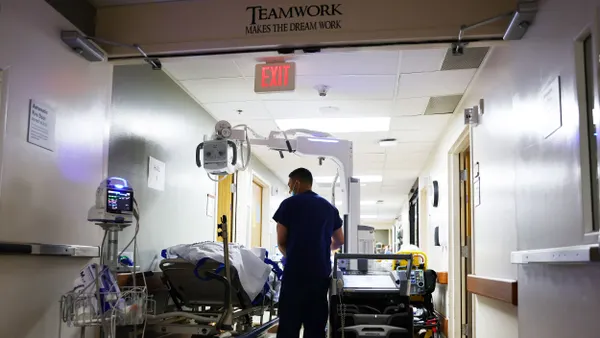Dive Brief:
- In an effort to keep up with the changing communities they serve, providers are increasingly using demand forecasting to predict future needs. These tools help hospitals anticipate demand, device usage and whether their existing infrastructure can meet these needs.
- Hospitals also use demand forecasting to make staff development plans, taking into account a hospital's service area population, out-of-area draw and market share to determine its physician needs.
- Some of the most common forecasting tasks consultants are asked to perform also include predicting the need for freestanding emergency rooms, ambulatory care centers and specialty services like bone marrow or pediatric transplantation.
Dive Insight:
While hospitals certainly expand their facilities and services at times, demand forecasting tends to check growth more often. In particular, given forces pushing patients into outpatient care, the need for inpatient beds is falling. Still, hospitals may need to introduce new services to meet emerging population health management goals, so growth in some areas is still a consideration. And demand forecasting can play an integral role in helping them make these decisions.
Regardless, demand forecasting has its limits. Experts note that demand forecasting can look roughly three to five years into the future, but beyond that, "you are just guessing," Hugo Finarelli, Jr., senior vice president of Health Strategies and Solutions Inc., told Healthcare Finance News.
Hospitals that want to gain what demand insight they can typically have the capacity to create the data in-house. They can gather metrics like use rates from Medicare, payers or professional societies, then planners and finance staff can crunch the numbers. Ultimately, the senior management team then signs off on assumptions regarding population growth and technology development.













